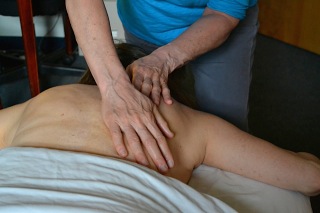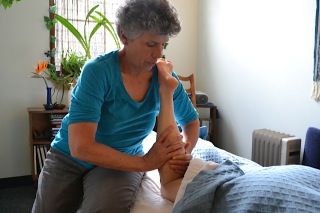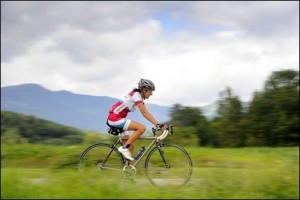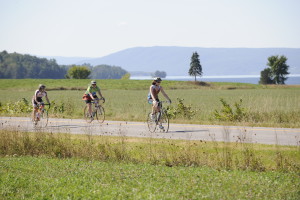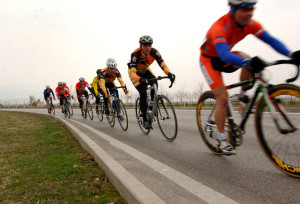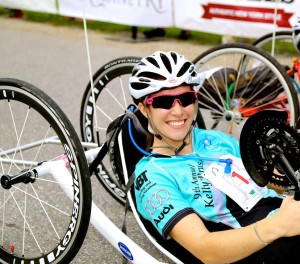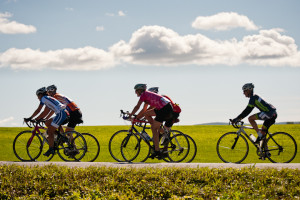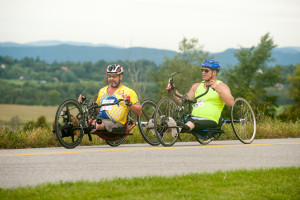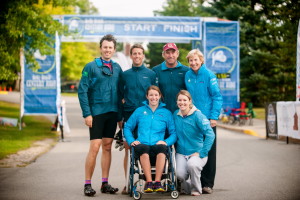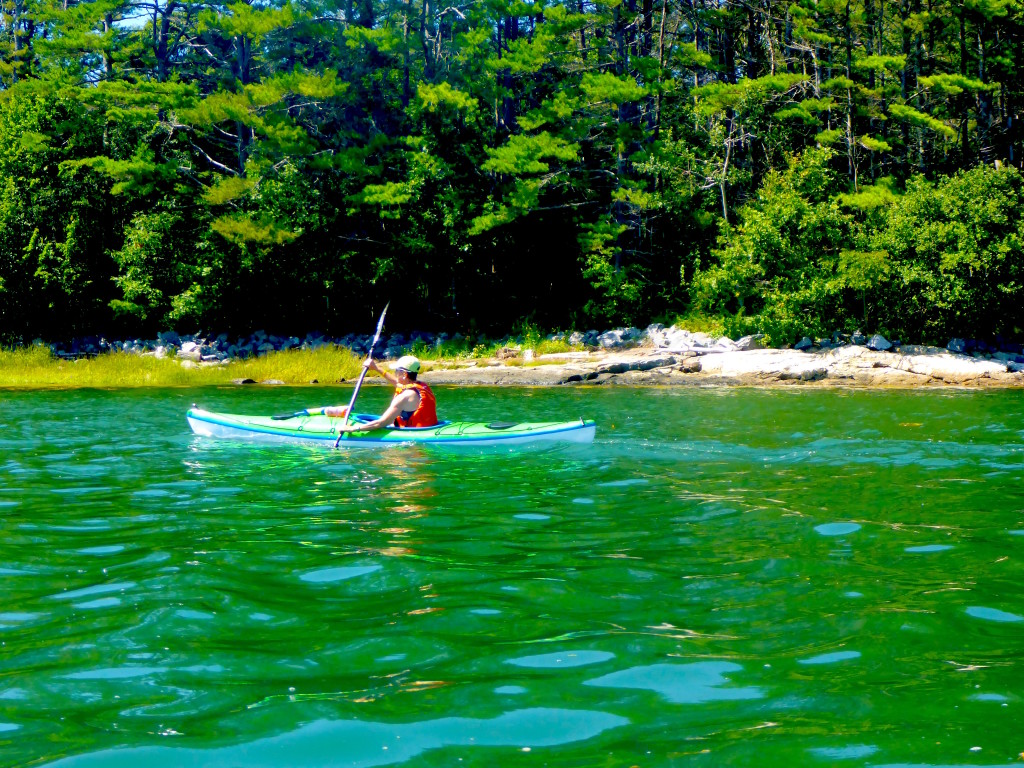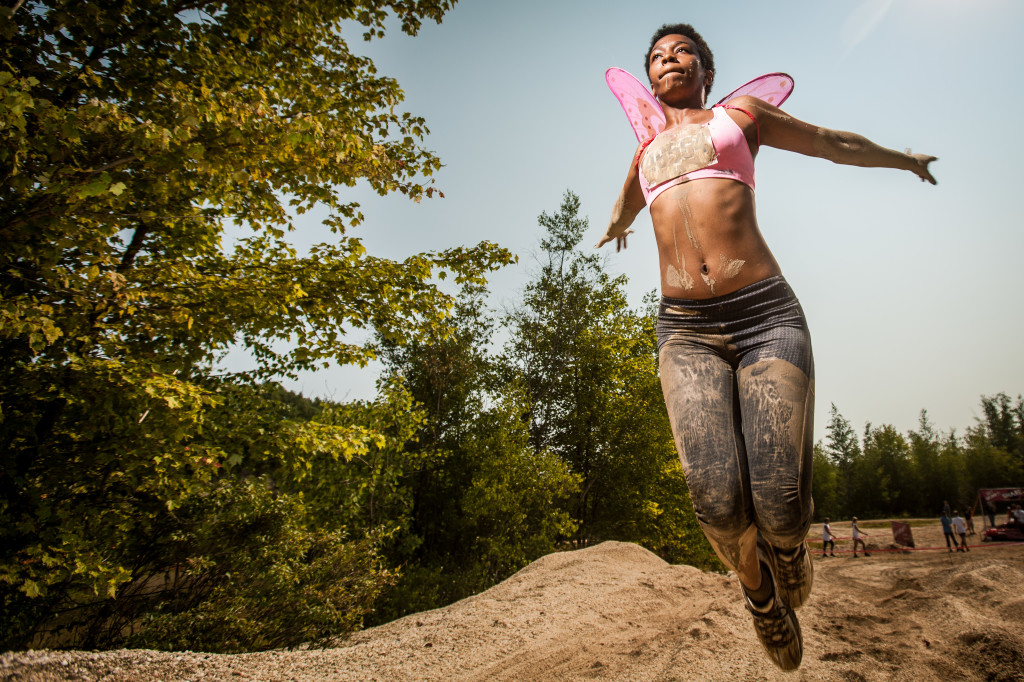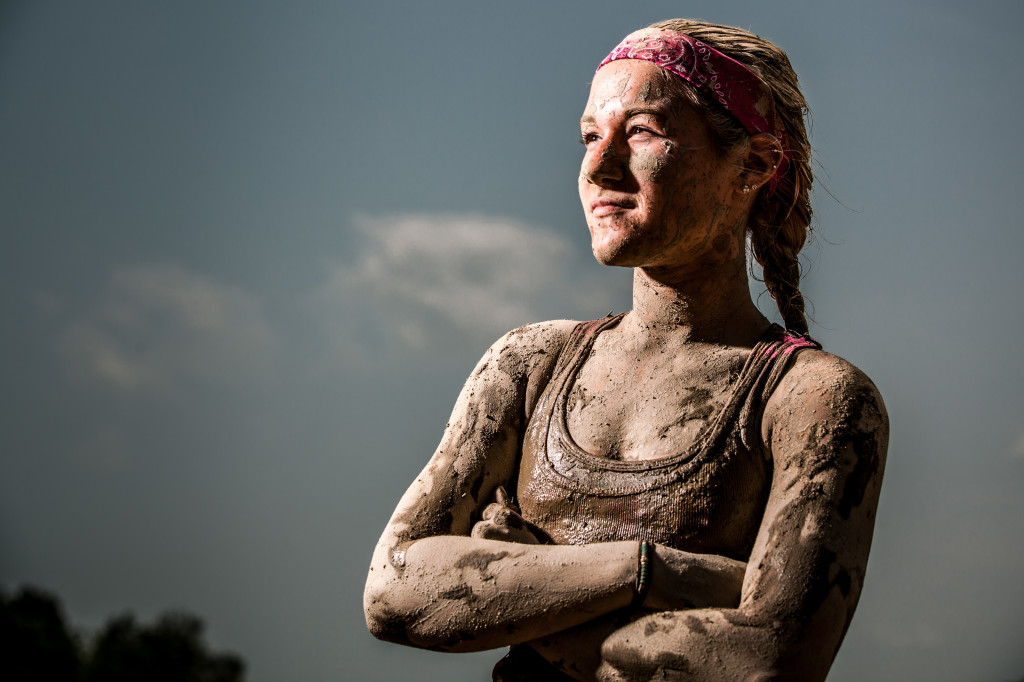PLAY THE FIELD
Cross Training is the name of the Game.
Variety is more than the spice of life; it’s good for you. It happens to just about everyone. Exercise finally becomes a habit and you regularly go to the gym, walk or run your loop, take the same exercise class three times a week or make it through some sort of exercise plan at home before you drop into bed at night. You get the job done. You feel better afterwards (usually) and you can check off another day on your calendar. It’s routine.
Or you are hooked. You love your sport. You can’t get enough of it. You put thousands of miles on your bike outdoors and then come indoors to ride more intensely all winter. You run more and more outside and when the Vermont winter comes along, you run some more (if you must, on a treadmill). You’ve dropped your other exercise to focus on “your” sport, be it golf, tennis, swimming, basketball or whatever activity has appealed to you.
Outdoor sports have their indoor equivalent so that, heaven forbid, you should miss any training. You may have already marked races or events on your 2016 calendar and are stressing over how to continue your current level of fitness. Or you may be closing in on your winter snow season and eager to do nothing but ski or board or climb or whatever.
If you recognize yourself in any of these scenarios, congratulations. You have already reached a level of health and fitness that is admirable. You have made exercise or your sport an important piece of your life.
But let’s take this a step farther. In an age of specialization, it is important to keep breadth and depth in exercise and training. It is important to cross-train.
Simply put, cross-training is participating in more than one sport or training activity. Cross-training helps to prevent overuse injury, burnout and accommodation that diminishes performance. Playing a variety of sports or training in a variety of ways keeps the program fresh, bolsters lagging motivation and enhances skills, strength and performance while building confidence. Cross-training often means trying something new and moving beyond one’s comfort zone. Cross-training is better than good for you.
So much is about balance. Physical balance is both about centering and making certain that opposing muscle groups are strengthened similarly. Playing only one sport can cause imbalance in muscular strength or joint stability that often leads to injury.
A recent report on youth sports speaks to all ages.
“With the increased emphasis on competitive success, specialization in one sport and greater propensity for specialty sports camps, weight training programs or speed schools, risks are on the rise related to overuse injuries. Researchers for the American Medical Society for Sports Medicine (AMSSM) found an excessive focus on early intensive training and competition rather than skill development can lead to overuse injuries and burnout in young athletes.” (Posted on September 8, 2015 by Train for the Game LI in Sports Performance No Comments)
Baseball, softball, tennis, volleyball and swimming are sports that can lead to overuse injury to the shoulders or elbows. (Similarly, excessive computer use can lead to carpel tunnel syndrome).
Using pitchers as an example, the report suggests that a player “Rotate playing other positions besides pitcher, avoid pitching on multiple teams with overlapping seasons, not pitch with any elbow or shoulder pain and never use a radar gun, as it encourages over-throwing.” Furthermore the report states “Prior injury is a strong predictor of future overuse injury.”
New runners often complain of shin splints. Increasing training too quickly, running on a hard surface or inadequate flexibility are cited causes.
On the other side of the leg, Achilles injuries are again attributed to the strain of too much, too quickly.
“Hip injuries may be common among gymnasts and runners, due to the repetitive motions and large amounts of training in a single sport, which leads to strength and flexibility imbalances.”
You get the idea. Just as a budget, schedule or diet needs to be balanced to function at the highest level, so must your exercise or training. Besides, it’s much more fun.
Have you noticed that you can become adept with one set of skills and fitness level and then move to a different sport and need to begin again? If you have been running long distances or cycling steep hills, or maybe playing baseball or soccer in adult leagues several times a week all summer, did you perhaps choose to hike one of Vermont’s excellent trails and find yourself more challenged than you had anticipated?
Do you remember the beginning of last ski season when your quads and hips burned on your first run and caught you off-guard? Did your first swim in open water last spring, or your first paddle, leave you with unexpected soreness?
There is no argument that training specifically for one sport can be efficient, but if that efficiency is not balanced, it can lead to over-training, a reduction in performance and lagging motivation, not to mention pleasure. While excellence is desirable, it should not be bought at a cost to mental, physical or emotional well being.
While it is important to balance the workload on muscles, it is equally important to move in a variety of directions, speeds and intensity. If your sport emphasizes quadriceps strength, (large muscles in the front of the upper leg), you must be sure to balance hamstring and gluteal strength (muscles in the back). If your sport always moves you in the sagittal plane, (moving front to back as in running, walking, classic skiing or cycling), it is important to find a sport that will move you side to side like skating or skate skiing. If your sport is earthbound, include plyometrics or jumping exercises in your practice.
Then there’s the matter of speed and intensity. Within your week of exercise you should have hard days and easy days, long days and short days. Include hills and sprints to shake it up and remind your muscles that they need to perform in a variety of situations.
One thought is to let the season dictate your cross training. Some like to focus on hiking in the fall, snow sports in the winter, an early jump on the outdoors in the spring with walking, running and cycling, and perhaps paddling, swimming or team sports in the summer.
Sometimes simply changing the venue provides cross-training benefits. If you typically ride or run on paved surfaces, get out on the trails to find new challenges. If you are normally in the lake or pool, be sure to cross-train with weight bearing exercises on terra firma. If you pound the ground with one sport, glide on snow or ice with another. If you spend hours in a boat in the summer, spend more hours going vertical. If your exercise is rhythmic and measured, choose cross training that requires quickness and agility such as team sports like soccer, basketball or ice hockey.
Another thought is to cross train within a given week by combining or alternating sports, gym workouts, classes and family time.
Balancing strength and cardiovascular or aerobic training is always the way to go. Never get into a rut.
In the gym lift weights, step or jump on a Bosu, use your own body weight on a TRX suspension system, or practice core exercises on a stability ball, wobble board or Aerex pad. Work equally the upper and lower body, but spend extra time on the core.
To add interest to your core and flexibility workouts, join a yoga or Pilates class. Guidance and good form are always essential.
And, of course, if your sport, training or exercise is solo, try joining a team. It is difficult to focus on an endurance sport for hours on end. Share the responsibilities with teammates and friends.
In recent years triathlons have become increasingly popular. Once the sport of only the “iron” men and women of the athletic community, triathlons now come in several distances offering training and competitive opportunities to a range of individuals. Because the three sports of the triathlon integrate so well, (swim, bike and run), triathlons may be the perfect example of cross training with the additional benefits of balanced conditioning and the happy stimulus of competition.
So, mix it up. Play the field. Compete. Relax. Keep it sharp. Challenge. Have fun.
From the Rutland Herald & Times Argus Sunday Magazine, Active Vermont, by Linda Freeman, October 18, 2015.

